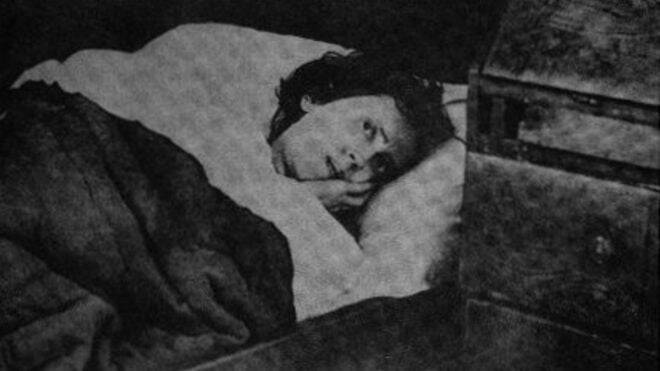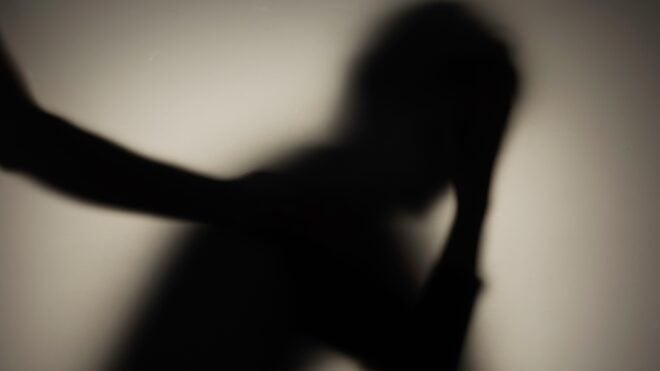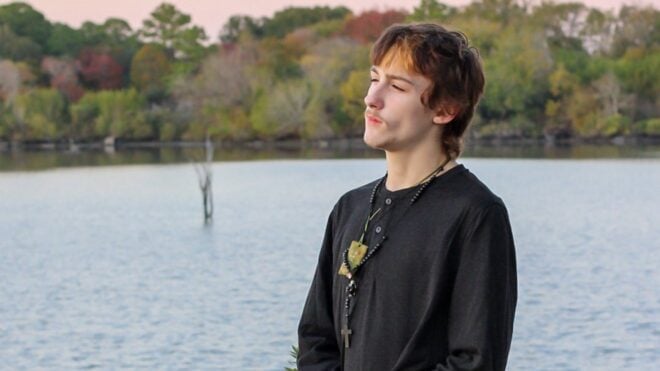
The world was a very different place 30 years ago. As a society, we didn't know as much about gender and sexuality as we do today. While we're thankful to have made those strides, we must remember those who suffered from our lack of knowledge in the past.
In 1988, Scott Johnson was an openly gay American student working on his PhD in mathematics at the Australian National University. However, his academic journey and promising life were cut short when he was found dead at the foot of a cliff. Police concluded that Scott had died by suicide, a claim his family never believed.
More from LittleThings: Louisiana Couple Welcomed Identical Twin Girls 6 Years After Welcoming Identical Twin Boys
The family pursued justice despite the fact police thought the case was closed. In 2005, Scott's former partner contacted his brother, Steve, upon discovering there had been multiple hate crimes in the area around that time. Steve petitioned police and the media to pursue his brother's story. He succeeded in getting the case reopened, and on May 12, 2020, an arrest was finally made.
The wheels of justice have been slow-moving for the family of Scott Johnson. Scott was studying mathematics at the Australian National University when he was tragically killed. The 27-year-old, an openly gay man, was found dead at Blue Fish Point.
Scott was thrown from a cliff, naked. A group out fishing discovered his body two days after he was killed. Police who conducted an initial investigation believed that Scott had committed suicide.
From the moment they received the coroner's findings, the Johnsons dismissed them. No note was found. Scott's wallet was also missing at the time of his death, which indicates he may have been robbed. They later found out Scott had made an earlier suicide attempt, but they were confident he was in a good place at the time he died.
Scott's death spoke to a larger issue in Sydney at that time. Homophobia was still rampant. Groups of young men roamed popular meeting places for gay men, intending to beat and rob them. In fact, when Scott's brother, Steve Johnson, first traveled to Australia to get answers about what happened to his brother, he was told the cliff from which he was thrown was a popular spot where gay men committed suicide.
The truth was much darker. Police ignored that these gay men were being killed in acts of hate. Steve wouldn't find out what was really going on until he received a call in 2005 from Michael Noone, Scott's former partner, about gay men being pushed off cliffs in the same spot. The two shared the thought that this could be what happened to Scott.
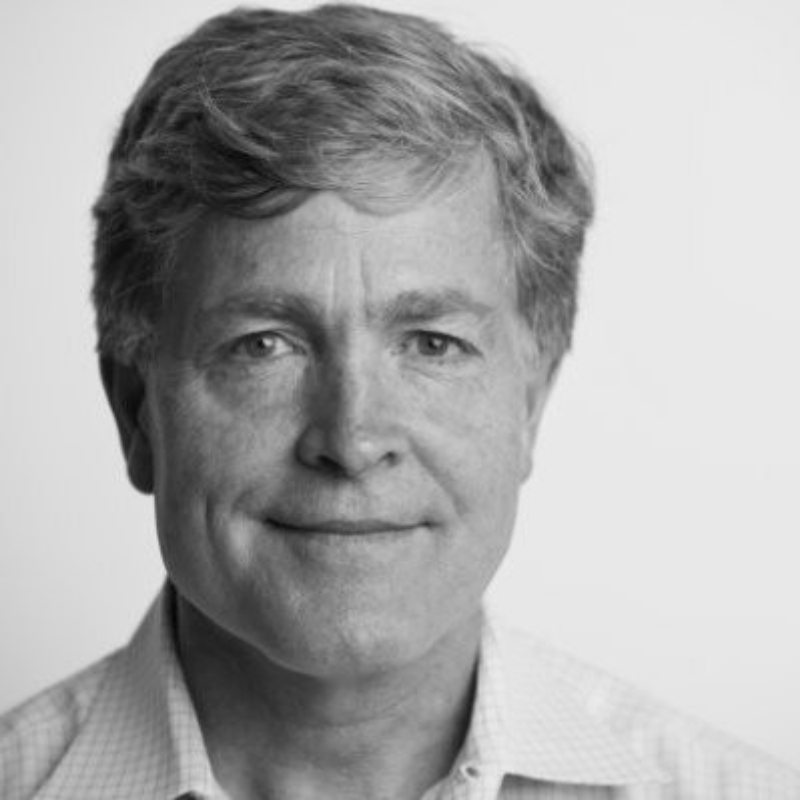
In the years that Steve continued searching for answers on Scott's death, his own life took an incredible turn. In 1992, he and some friends developed an image-compression technology that would enable users to send digital pictures faster. By 1996, Steve sold the technology to AOL and became vice president there.
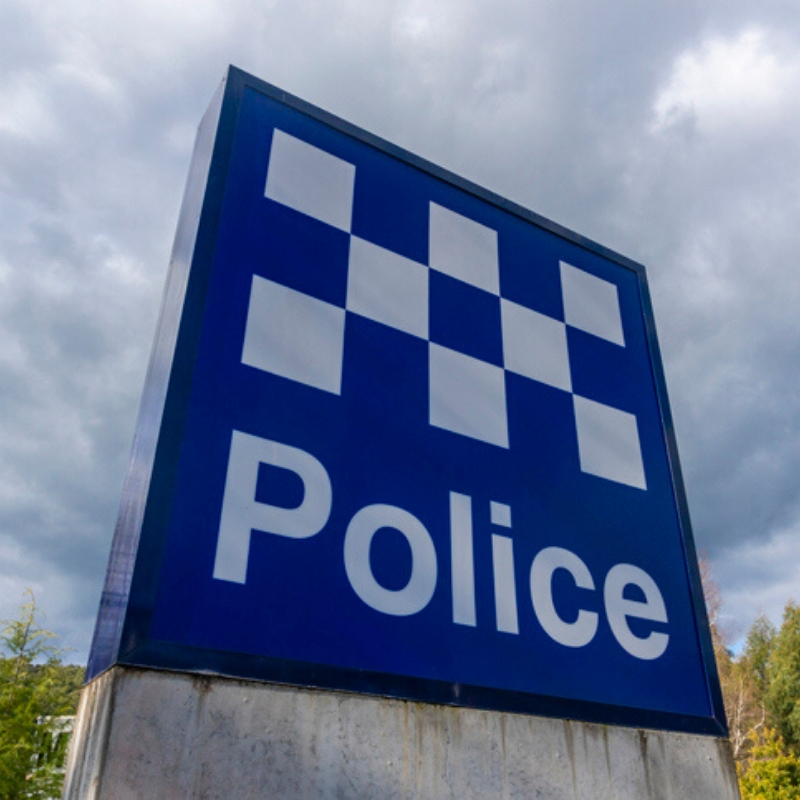
Despite his position of relative power and connections, which included Senator Ted Kennedy, Steve couldn't get answers. He began working with former Newsweek reporter Daniel Glick on potential explanations as to what happened.
In 2007, Steve sent a 12-page memo that included telephone numbers of witnesses and sources, as well as avenues for investigation and people of interest, to Australian police and the coroner.
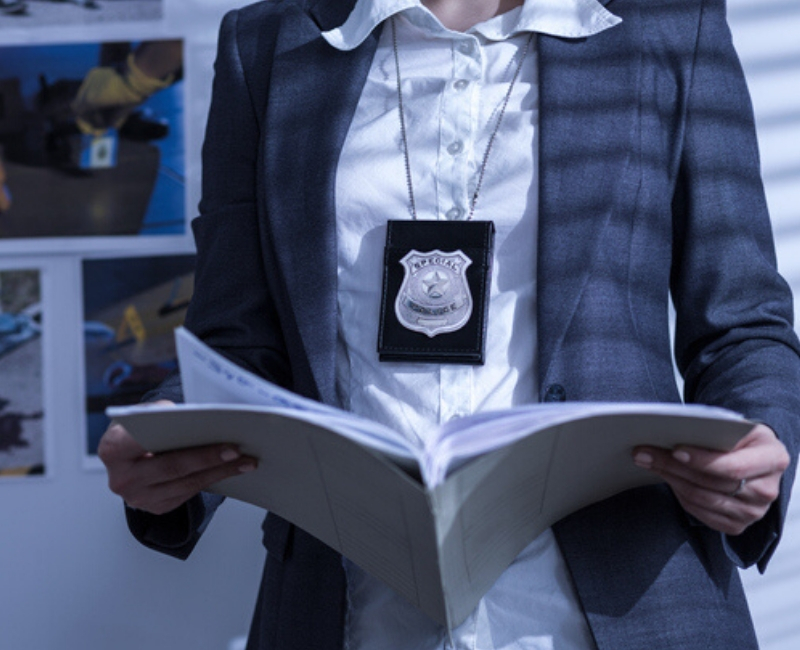
The coroner sent her suggestion of starting a new investigation along to the New South Wales police commander. An unknown homicide detective provided a jaw-dropping unsigned memo in reply, according to Business Insider. It denied that area was one where such incidents had ever occurred.
"The JOHNSON case is not 'eerily similar' as described by GLICK in his correspondence and is geographically distant from the cases," the memo reads.
"There is no evidence to support anything other than suicide. It would appear underlying motives for suicide could relate to feelings of estrangement from parents and lack of approval from his brother."
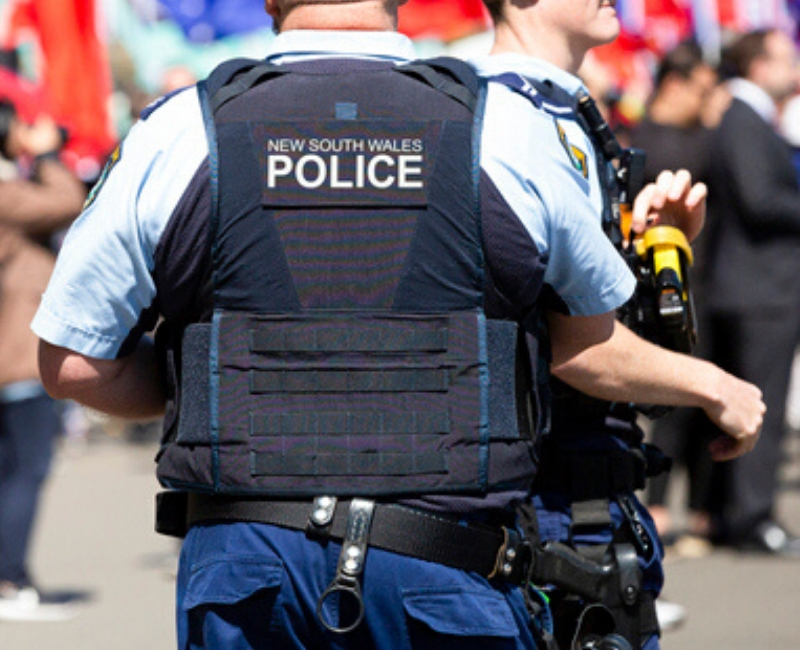
"It is possible that the requests from the brother stem from underlying desire to have the finding changed to a more palatable, and less personal, one which externalises blame to other persons," the memo continued. Later, the memo writer recommended the form not be shared with the Johnson family. Steve was worried that issues of corruption would keep him from ever learning the truth.
In 2013, Steve was hopeful after a man came forward. Using an alias, he revealed that he had participated in attacks on gay men in the area during the time and even shared his information with the police. They dismissed his information as not credible and continued with the assertion that Scott died by suicide.
Steve wouldn't give up. He worked on gaining media attention. It was a 2015 episode of Lateline that kicked things back into motion.
A third coroner ordered an inquest, which was met with extreme public interest because of media coverage. No longer were corrupt members of the police force allowed to shroud the situation with misinformation. Hearings would go deep into the history of violence against gay men in Australia, giving many more people opportunities to share their stories and help enact change.
In 2017, Steve would stand in a courtroom and listen to a coroner's determination that "Scott died as a result of a gay-hate attack." She condemned the investigators for their negligence and said that Scott "fell from the cliff top as a result of actual or threatened violence by unidentified persons who attacked him because they perceived him to be homosexual."
One week later, same-sex marriage was legalized in Australia. Steve felt elated that Scott's story was part of that larger moment in history.
The only mystery left was the culprit. In 2018, the New South Wales police announced an AUD $1 million reward for information leading to the prosecution and conviction of Scott's killer. A year later, a New South Wales police commissioner met with Steve personally to assure him their investigation into the case was ongoing.
In March 2020, Steve announced that he would match the $1 million reward, making it $2 million.
That week, police received a number of leads. By the week's end, they had a suspect. Steve was finally close to getting justice for his brother.
Last week, Steve received a call from the state’s head of police, Mick Fuller, that an arrest was going to be made. On May 12, 49-year-old Scott Price was arrested, nearly 32 years after Scott Johnson's death.
The Johnson family celebrated the news by gathering on a Zoom call and enjoying champagne. "Everyone was crying," Steve told the Washington Post. "I don’t have any doubts in my mind that they have the right man."
Steve hopes that the suspect will be able to provide him with answers about Scott's death. He doesn't know if it was a random attack or if his brother was targeted specifically. "I was so close to my brother that being able to imagine or visualize what he went through has always been very important to me," Steve noted.
The suspect refused bail and will appear in court on Wednesday.

